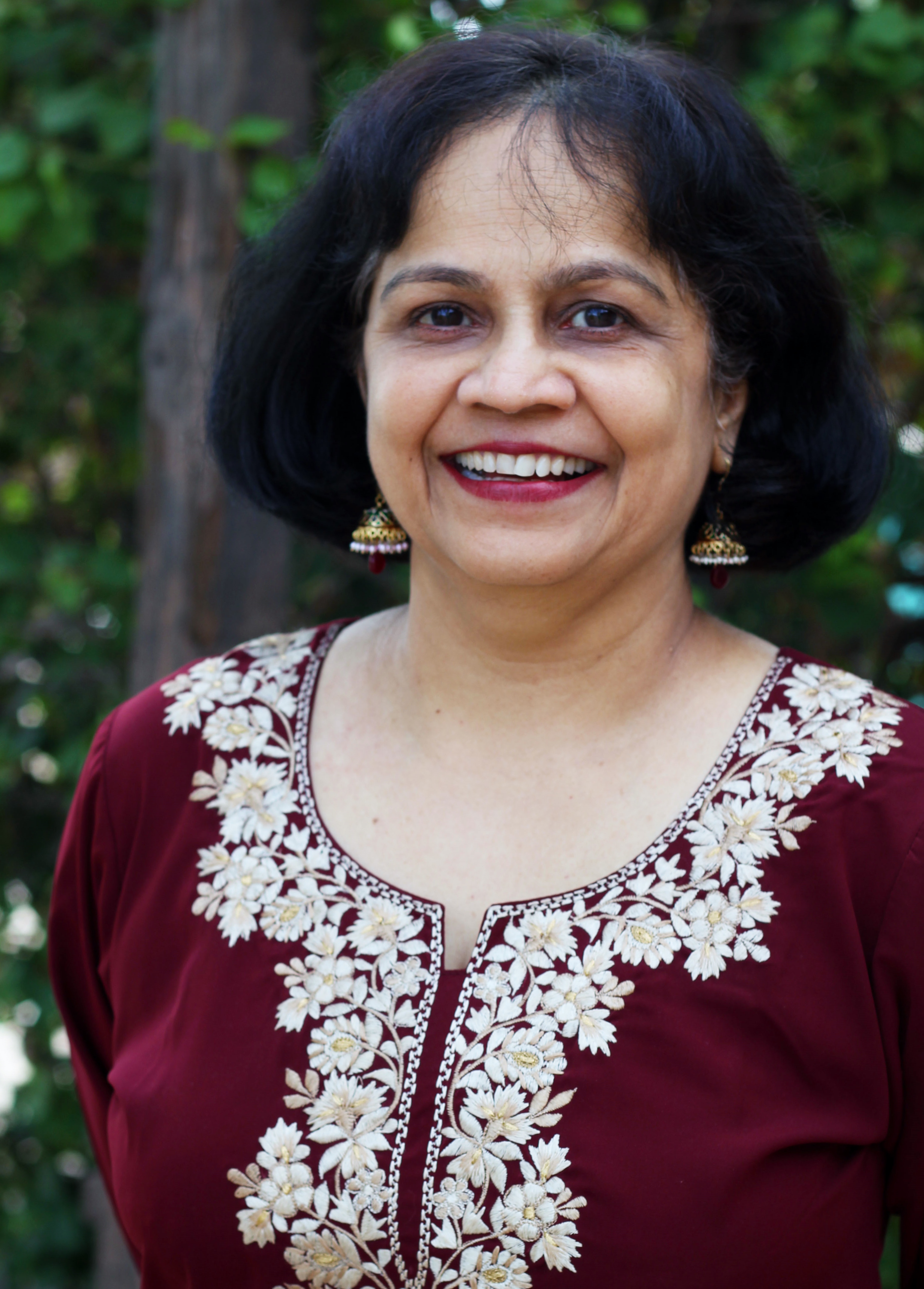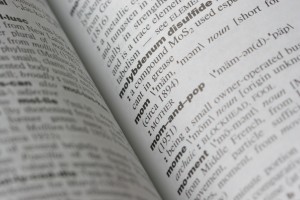 As a writer straddling continents, I am fascinated by authors who inject foreign words and phrases into their English fiction. These international words and phrases, I believe, are helpful in lending credibility to a story. They embellish the narrative, bring authenticity and help transport the reader.
As a writer straddling continents, I am fascinated by authors who inject foreign words and phrases into their English fiction. These international words and phrases, I believe, are helpful in lending credibility to a story. They embellish the narrative, bring authenticity and help transport the reader.
Some writers explain the meanings of such words, either in-text or in a glossary. At times, foreign expressions are used sparingly; at other times more generously. Some authors repeat phrases for consistency, or as a matter of style. No matter. When expressions from another language are used in description or in dialog, they leap out at me.
Take the case of the inimitable Hercule Poirot, Agatha Christie’s enduring Belgian detective. When I was in high school, he taught me French expressions like mon ami and mon cher. Of course, I had no knowledge of French; still, uttering the words made me feel clever and witty.
Agatha Christie expertly used foreign expressions in creating Hercule Poirot. The detective is overlooked and dismissed because of being foreign, and she used his manner of speaking as a tool to tell us about him.
‘Mon cher, am I tonight the fortune-teller who reads the palm and tells the character?’
‘You could do it better than most,’ I rejoined.
‘It is a very pretty faith that you have in me, Hastings. It touches me. Do you not know, my friend, that each one of us is a dark mystery, a maze of conflicting passions and desires and attitudes? Mais oui, c’est vrai. One makes one’s little judgments – but nine times out of ten one is wrong.’ (Agatha Christie, Lord Edgware Dies, Hercule Poirot, Series #9)
Appropriate dialog is a powerful instrument to lend fiction the flavor of a culture or a place. Using the right words makes dialog sing. There’s no big to-do in the way E. M. Forster, in his book A Passage to India, makes use of Indian words.
The first who was in evening dress, glanced at the Indian and turned instinctively away
“Mrs Lesley, it is a tonga,” she cried.
“Ours?” enquired the second, also seeing Aziz and doing likewise.
“Take the gifts the gods provide, anyhow,” she screeched, and both jumped in. “O Tonga wallah, club, club. Why doesn’t the fool go?”
“Go, I will pay you tomorrow,” said Aziz to the driver, and as they went off, he called courteously, “You are most welcome, ladies.” They did not reply being full of their own affairs. (chapter 11)
We may gather from the dialog that a tonga is a vehicle, a tonga wallah is one who drives the vehicle. A subtle power play also reveals itself here. The last name reveals that the ladies are English, and Aziz is not. All this from a short piece of dialog.
Not everyone espouses the use of words from another language when writing fiction in English. In his article, Say ‘Non’ to Phrasebook Foreign Language in Fiction, Daniel Kalder writes,
“Either you render the language in English, or you render it in French. And if your readers are English speakers, then, I dunno, you should probably render it in English. Chucking in a few phrases of first year French adds nothing in terms of meaning and is just daft.” ( theguardian.com, July 13, 2011)
Granted, Agatha Christie was not Belgian and E. M. Forster was not Indian. But what if the author writing in English is reflecting a part of their heritage, representing who they are as a people and as a culture?
Nayomi Munaweera’s novel, Island of a Thousand Mirrors, is set in Sri Lanka. She uses terms contextually, a natural exclamation here, a term there, which means the reader connects with the cultural milieu even as the story advances. The two Tamil words she uses in the lines below lend authenticity and adorn the dialog.
Nishan must watch his friends being sent to squat at the back of the schoolroom, arms crossed to grasp opposite ears. As they walk home together, these boys say, “Aiyo, she has two eyes in the back of her head.” And only filial devotion keeps him from replying,” Machang, you should see her at home.” (Part One, Chapter 1)
Foreign expressions are used in descriptive text as well. Take Chimamanda Ngozi Adichie who uses Igbo words in her narrative. She brings Nigeria to us, her skill making the prose come refreshingly alive.
The goats wandered a lot around the yard, they wandered in, too, while we cousins bathed, scrubbing with ogbo that my grandmother made from sun-dried coconut husks, scooping water from a meal bucket. We bathed near the vegetable garden, in the space enclosed with zinc left over from the last house refurbishing. Mama Nnukwu would shoo the goats away from the vines of ugu and beans that crept up those zinc walls, clucking, clapping her hands. (Recaptured Spirits, Notre Dame Review, Number 18, 2004)
The reader doesn’t need to know exactly what ogbo is, or ugu. We comprehend the scene. The author has sprinkled in just Igbo two words into the paragraph to make it shine.
Junot Diaz takes it a step forward, knitting dialog and text and sprinkling his Spanish into it. He mixes the ingredients as if tossing a salad, the sweet and the sour, the crunchy and tangy, the veggies and the berries. His scenes come alive, because of the use of his Spanish terms. The reader is instantly drawn into the vividness of his narrative.
You had to be careful with her because she had a habit of sitting down without even checking if there was anything remotely chairlike underneath her, and twice already she’d missed the couch and busted her ass—the last time hollering Dios mío, qué me has hecho?—and I had to drag myself out of the basement to help her to her feet. These viejas were my mother’s only friends—even our relatives had gotten scarce after year two—and when they were over was the only time Mami seemed somewhat like her old self. Loved to tell her stupid campo jokes. Wouldn’t serve them coffee until she was sure each tácita contained the exact same amount. And when one of the Four was fooling herself she let her know it with a simple extended Bueeeeennnnoooo. ( The Pura Principle, New Yorker, Mar 22, 2010)
Foreign expressions are connectors. But more than that, they enrich us. Through them, the English language elevates itself, becoming a vehicle to understand other people and cultures—helping us accept differences and celebrate similarities. To authors who incorporate them I say, may you continue to do so.

